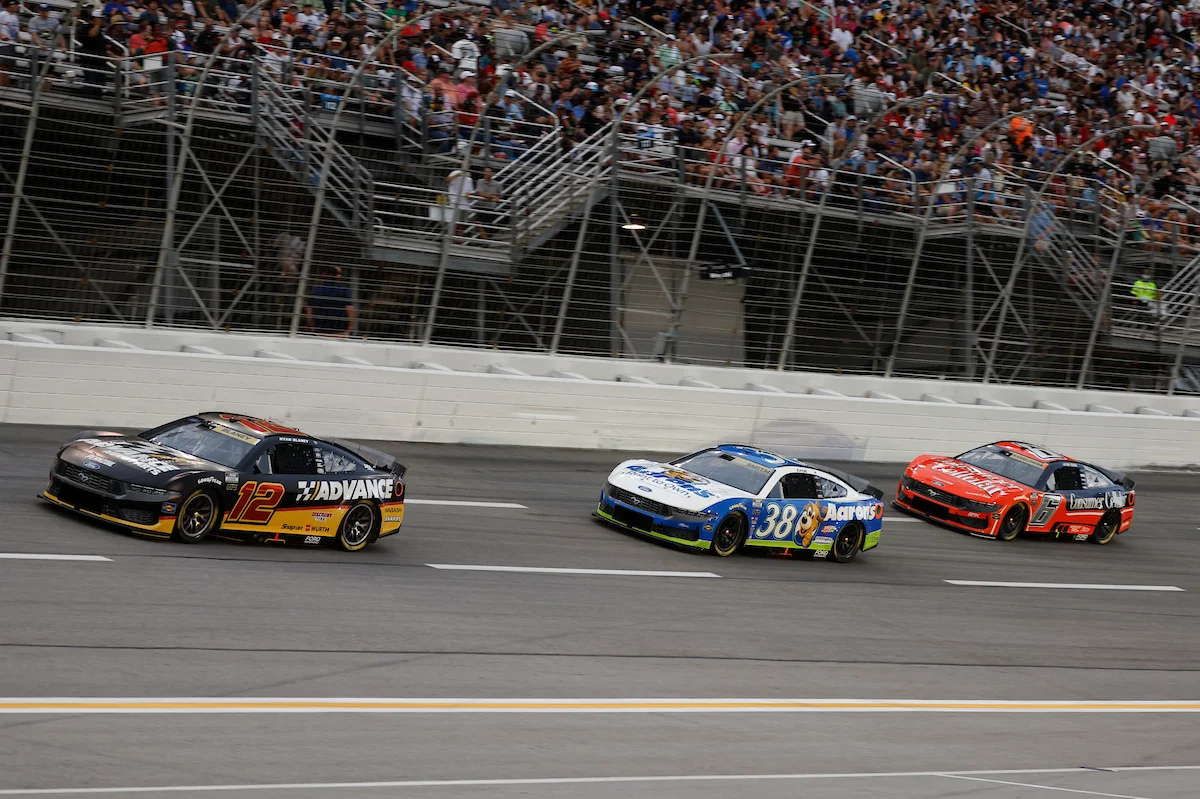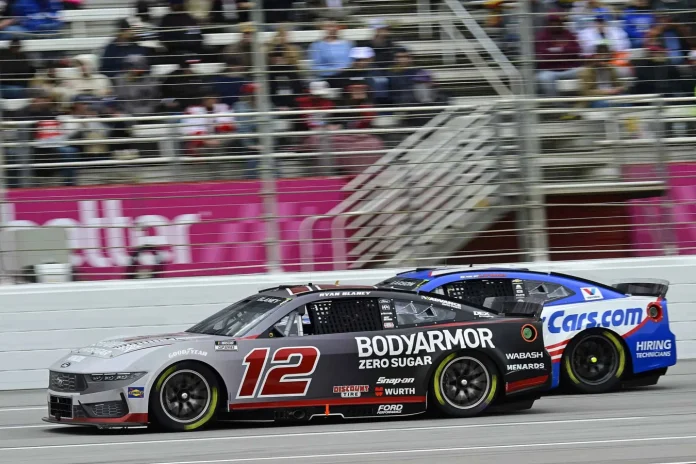Ryan Blaney on NASCAR Chicago spotters has emphasized the pivotal challenge spotters face during the Chicago street race, as drivers contend with technical blind exits that create significant visibility risks. The upcoming Cup Series event in Grant Park tests both drivers and their spotters, demanding heightened awareness and communication on a uniquely difficult urban circuit.
Essential Role of Spotters on Challenging City Circuits
Across NASCAR’s most demanding tracks like Darlington and Sonoma, spotters play a critical role by providing drivers with the extra perspective needed to safely navigate high-speed corners and tight spaces. As the Cup Series returns to Chicago for a third time, attention once again turns to the unique demands of the 2.14-mile street circuit winding through Grant Park. With notoriously limited visibility, especially at the exits of several turns, drivers are forced to trust the guidance of their spotters in situations where their own view is severely restricted. Ryan Blaney, 2023 Cup Series champion, underscored this reliance by noting that spotters are indispensable for alerting drivers to risks they simply cannot see themselves.
Blaney explained the specific challenge of the Chicago course, recognizing that while drivers can monitor certain situations with in-car cameras, there remain critical “blind exits” where the view from the cockpit is blocked. He reflected on these dangers, especially at turn five, suggesting uncertainty can be constant as drivers never know if another car may be halted unseen around the corner. Spotter Tim Fedewa, previously partnered with NASCAR veteran Kevin Harvick, now serves alongside Blaney, and together they have demonstrated strong track results this season. Their partnership exemplifies the increasing demands placed on spotters in races with such challenging sightlines.

Spotters’ Visibility Limitations on the Chicago Course
Despite the necessity of their role, there is mounting skepticism regarding just how much spotters can assist at Chicago, given their vantage points on the street course. Though spotters were stationed in suites along the frontstretch in 2023, those locations offer a restricted field of view, which becomes problematic when critical track sections are visually obstructed. This limitation threatens both strategy and safety, amplifying concerns ahead of Sunday’s race.
Kyle Busch, a Cup Series champion, cast doubt on the effectiveness of spotters on this circuit, questioning whether their feedback could be reliable under such tough conditions.
“I don’t think any of the spotters are going to be doing much of anything. It’s just so hard to see. Their vantage points are so bad, that if you are going to rely on your spotters, you’re going to have lot bigger issues.”
—Kyle Busch, Cup Series Champion
These worries are not isolated to Chicago. Bubba Wallace criticized spotter placements following the Cup Series event in Mexico City, arguing that poorly chosen vantage points undercut their ability to keep drivers safe and connected. With similar sightline concerns persisting for the Grant Park course, there is growing tension among drivers and teams about the adequacy of spotter support for street races where visibility is most compromised.
Anticipated Impact and Future Considerations
The doubts cast by leading figures like Blaney and Busch suggest that this weekend’s Cup Series race in Chicago will again highlight the intersection of safety, communication, and logistics in modern NASCAR. The unique environment of street circuits, combined with questionable sightlines from designated spotter areas, frames a pressing challenge for officials and crews tasked with safeguarding drivers amid intense competition. As teams prepare and strategize for possible problems around blind corners and difficult exits, the debate surrounding spotter placement and track design is likely to intensify after the flag drops on race day.

